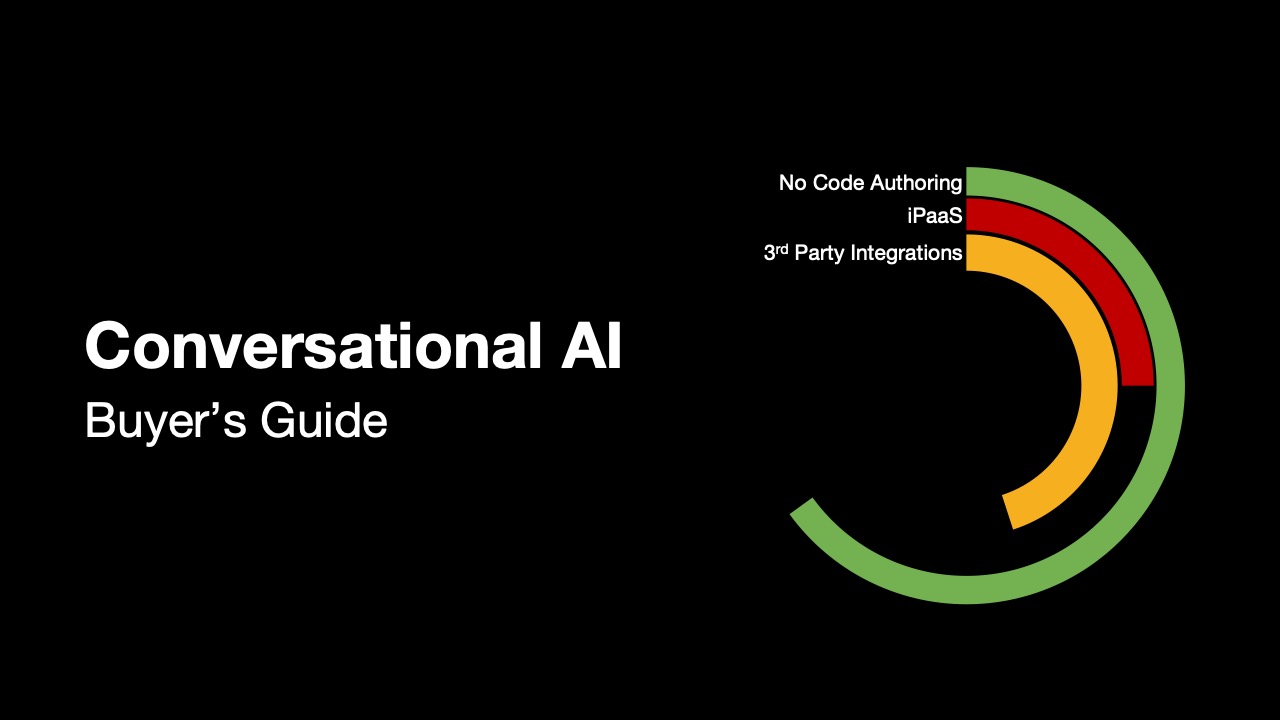A confession
I have been delivering enterprise IT systems for over 25 years. Often, those systems required training programs, adoption teams, and change management programs. This is the norm, so I thought it was just how things ‘had to be.’
Users tried to tell me that the countless systems they had to learn–with their different terminology, abstractions, and UI– overwhelmed them. One person said, ‘You made some things simpler, but you made simple things more complex!’. When I asked about the sticky notes on a monitor bezel, another team member said, ‘You’ve given me all of these pieces, but I have to make it all work together.’ These hurdles caused them to resist new apps and releases and often forget to utilize features and functions properly.
To me, I considered this ‘misbehaving,’ forgetting to believe that maybe there was a real problem here, and I should be more empathetic.
The Confession
When users complain or refuse, we often call them stupid or lazy. IT folks, come clean with me here. How many times have we blamed our users’ intellect when they struggled with our software? How often have we maligned their work ethic when utilization issues surfaced? How often did we say, at least to ourselves and sometimes colleagues, that ‘they have no clue what it takes to do what we do…’
The irony in this whole thing is that while I’m vilifying my own customer, they call me slow, unresponsive, the ‘no’ team, etc. So, we are vilifying each other!
Thus, the circular firing squad.
This has to stop.
In time, I realized that “people, process, technology” really means forcing people to learn complex technologies to get only somewhat automated processes. I also learned that the business can talk faster than even the best developer in the world can code, so IT will never catch up. If we are going to fix this, we must find a different approach.
Krista is that different approach
If we, in IT, can never keep up with the business’s mouth, why are we continuing to try? The first step in bringing a new approach is that the business builds its own apps. They know what they need, and if they don’t or need to adapt, they are empowered to do something about it. Now, before you think that I’m talking about shadow IT, I mean nothing of the sort. If business units just hire developers, then we just moved the problem; we didn’t solve it. We have to build apps and automation in such a way that knowing the business domain is all that is required to construct the app. And not typical, IT-ugly apps, either, but apps that integrate people and technology simply and naturally.
The second and equally important aspect of the right approach is that IT must continue to own the systems of record and critical services that actually deliver the business’ core functions like ERP, supply chain, CRM, security, and more. There is a business-critical role for IT to ensure availability, stability, and compliance of these systems and provide an environment to enable the business to build its automation workflows. This is where Krista comes in.
Consider a different approach to the circular firing squad. One that better empowers both business teams and the IT organization. You will never think of programming the same way again.





